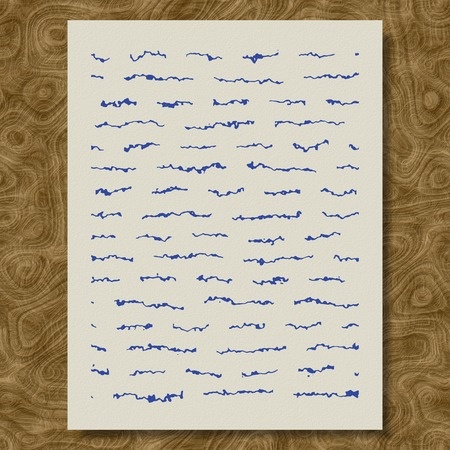 Successful handwriting analysis requires the careful examination of a collection of different contributing factors that compose an individual’s writing style. The process of professional, forensic handwriting analysis is meticulous and thorough, and an analyst will look for a range of individual traits.
Successful handwriting analysis requires the careful examination of a collection of different contributing factors that compose an individual’s writing style. The process of professional, forensic handwriting analysis is meticulous and thorough, and an analyst will look for a range of individual traits.
Among these traits is letter form. For this, the analyst will examine the slope, curves, proportional size of letters to others and slants, both for words and sentences as a whole and individual letters. This school of analysis will also examine a person’s propensity to pay special attention- or to completely ignore- certain letters in certain context.
An analyst will also closely examine formatting, or the spacing between letters, words and the placement of words on a line. In this respect, the analyst will also closely look at what kind of dead space the writer will leave on a page, including not only margin width, but the spacing between lines, considering the intersection- if any- of word strokes on one line over another.
Another fundamental component to accurate handwriting analysis is line form. This examines the pressure a writer will apply to the pen and paper while writing. Also studying the speed of the writer, this is determined by how smooth and dark the lines are. Other things an experienced analyst can determine is how shaky the lines are, if there are dark and thick starts and finishes and a lot of pen lifts. All these factors determine if the writer id slowly or naturally, quickly forming letters.
A Glimpse into the Science of Handwriting Analysis
Leave a Reply


